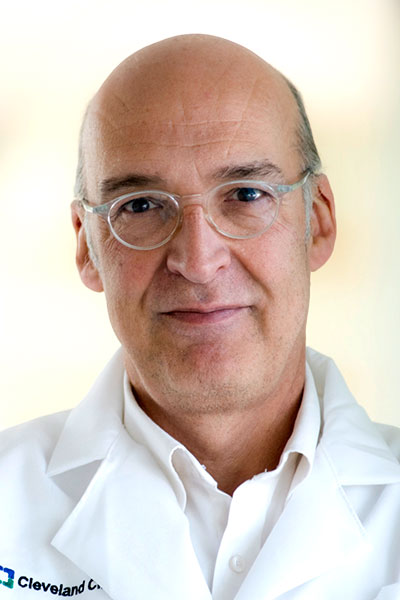
In medical school, empathy gets joined with professionalism, compassion, humility—“the other stuff.” In practice, empathy conflates with vague concepts such as “being a good doctor” and “bedside manner.”
But during In The Rheum: The Science of Empathy in Rheumatology: Why Should We Care?, Leonard H. Calabrese, DO, professor of medicine, Cleveland Clinic Lerner College of Medicine, emphasized considering empathy as a science that needs to be elevated, exploited, and adopted—and researched—to provide patients the best care. Registered ACR Convergence 2020 attendees have on-demand access to watch a replay of the session through Wednesday, March 11, 2021.
During his talk, Dr. Calabrese challenged the rheumatology community to develop an agenda for research. Little data exists about the science of empathy, and he noted that in the scientific context it hasn’t been a topic before at the annual meeting.
“Anybody’s who’s interested in engaging in empathy research, you know where to find me,” said Dr. Calabrese, who laid out some possible avenues for research:
- Can empathy affect outcomes, especially patient-reported outcomes, quality of life, and fatigue?
- How does rheumatology compare to other cognitive and non-cognitive specialties?
- How can empathy be taught and modeled during fellowship training?
- How can empathy affect interpersonal healing and the placebo effect in practice and research?
Dr. Calabrese noted the dichotomy between the rheumatologist’s view focused on swollen and tender joints and ESR and CRP scores and the patient’s focus on day-to-day experiences such as pain, the ability to do activities and visit people, not be dependent on others or depressed, and not feeling tired. Traditional rheumatology therapy focuses on accurate diagnosis, targeted therapies, reduced disease activity, and damage prevention.
“There’s nothing wrong with that, but I will pose to you that there is a new approach that builds on the traditional approach by adding a focus on wellness, lifestyle and beyond and will now use empathy and empathic communication as a key tool in this new approach to control rheumatic diseases, chronic diseases, and other maladies,” Dr. Calabrese said.
But can empathy be taught? Dr. Calabrese teaches his medical students that there are two roads to empathy. The easier route is teaching the basic skills of empathic communication: Ask for permission to enter the room, introduce and show ID badge, sit down and smile, if appropriate, explain your role in the care team, and ask the patient how they are feeling.
While this is good advice, Dr. Calabrese said, the harder route gets to the heart of empathy, which is being able to perceive yourself in another person’s shoes and being able to communicate that back to them. At the Cleveland Clinic in 2008, a program started during a “crisis of empathy” created a relationship-centered care model. Caregivers attended hours of training focused on establishing genuine relationships with people.
“Peer-reviewed studies showed meaningful and significant improvements in empathy of people who went through this training,” Dr. Calabrese said. “And now we do this and embrace it. When you get to know somebody as a person, it’s different than knowing them as a disease.”
